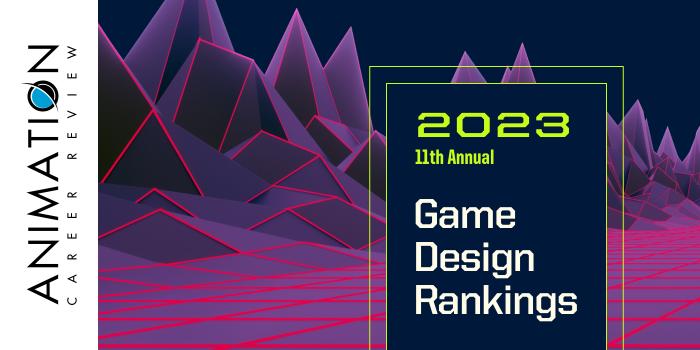Game Design at Ferris State University (Ferris State) takes place across several colleges and schools. The College of Business houses the School of Digital Media (SDGM), which has a Digital Animation and Game Design (DAGD) BAS Program and a Digital Media Software Engineering (DMSE) BS Program. Kendall College of Art and Design (KCAD) of Ferris State University has a Digital Art and Design BFA.
The SDGM DAGD BAS Program consists of coursework that explores game design, 3D animation, programming, and business. DAGD students have the opportunity to focus in a specific area through electives. Examples include Programming, Digital Effects, and 3D Animation. A mandatory internship is also part of the program.
The DMSE BS at Ferris State University requires 125-126 credit hours of study. Twelve hours are dedicated to Application Domain Electives offered in four-course sequences. The Game Design and Development sequence consists of 3D Modeling and Animation OR Introduction to Game Design and Development, Game Programming 1-2, and Level Design. The DMSE BS also consists of coursework in mathematics, engineering fundamentals, business and management, and professional development.
During the final year of the program, Ferris DMSE BS students will complete the mandatory Software Development Industry Certification, Capstone in Software Engineering, and Software Engineering Applied Internship. Consisting of nine credit hours, these required courses are part of the professional development component of the program.
The Digital Art and Design BFA at Kendall College of Art and Design explores 3D game art, interaction design, motion design, visual development, and 2D animation. Students may focus in Entertainment Art (2D animation, 3D game art, and concept and production art for games and animation) or Multimedia Design (interaction design for the web, apps, virtual reality, the internet of things, and video and motion design animation).
Graduates of the KCAD Digital Art BFA Program will have a professional portfolio that reflects their best work in either focus area.
Ferris State University was established in 1884. Located in Big Rapids, Michigan, the school serves more than 10,000 students enrolled in more than 190 programs in seven degree-granting colleges. Ferris State university is accredited by the Higher Learning Commission (HLC).
Founded in 1928, Kendall College of Art and Design is one of the seven colleges within Ferris State University. Located in downtown Grand Rapids, Michigan, KCAD serves 565 students enrolled in dozens of specialized undergraduate degree programs and several graduate and certificate programs. As part of Ferris State University, Kendall College of Art and Design is accredited by the HLC. KCAD of Ferris State University is also an accredited institutional member of the National Association of Schools of Art and Design (NASAD).







